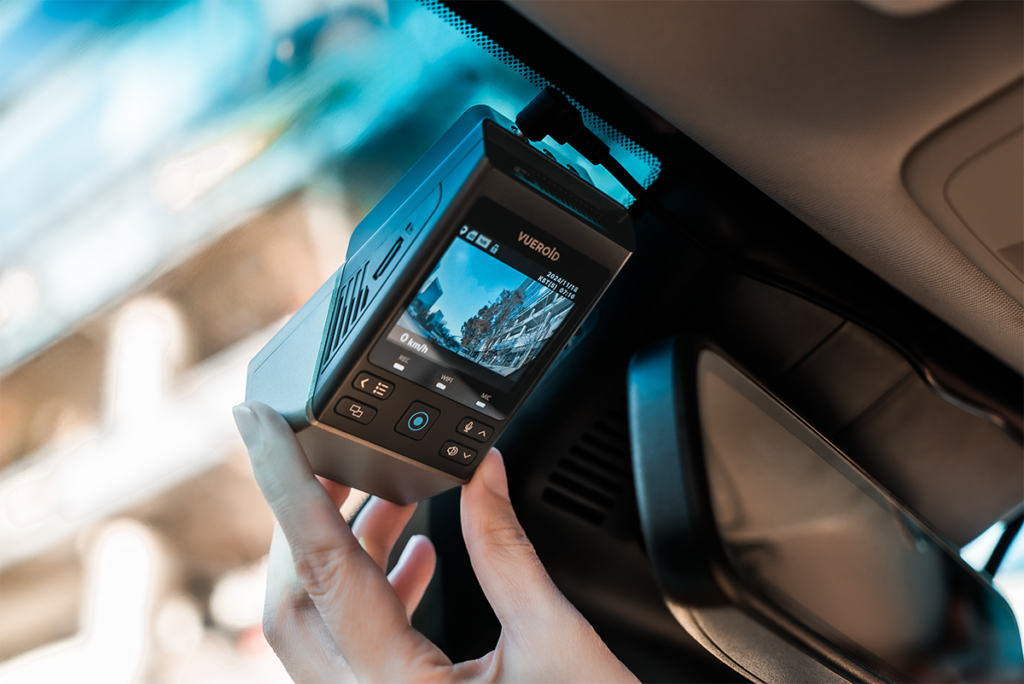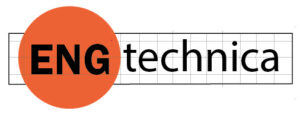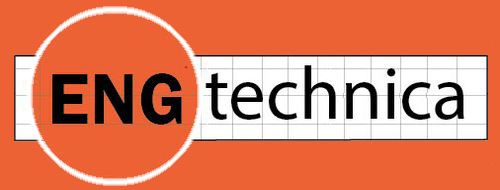
A dashcam, short for dashboard camera, is a compact video recording device that is mounted to a vehicle’s dashboard or windshield. Dashcams always record the view through the windshield and, depending on the model, can also look at the rear, sides and inside the vehicle. They may or may not record sound.
Footage from dashcams has been used by forensic experts, law enforcement, personal injury lawyers, insurance companies, trucking fleets, ridesharing services, taxicabs and more. They can be used in parked vehicles, recording automatically in the event of a low-speed collision, such as in a parking garage. They can be used for recording scenic drives, though that is more common with thrill-seeking motorcyclists with GoPros. I wish for one this Christmas so I can record instances of drivers running red lights, which seem to be on the uptick in my sleepy little town (Novato, California).
In the U.S., I have only seen a dashcam in a Lyft vehicle and wondered if A) the camera was there to record me, the driver, or both and B) if dashcams were soon going to be a requirement for rideshare drivers. As of now, while both Lyft and Uber allow the use of dashcams and may even encourage their use, neither has made their use a requirement and it is up to the driver to pay for the dashcam, install it and inform their passengers that they are being recorded.
Dashcams are prevalent with consumers overseas. Their popularity is particularly pronounced in Russia, presumably due to extensive insurance fraud, and in South Korea, for its strict adherence to rules and love of gadgets.
If there is one poster child for dashcam use by U.S, consumers, it is Asphia Natasha, a Queens resident, who because she had a dashcam, was able to record a viral TikTok video of a gang of fraudsters who veered into the lane ahead of her on a New York highway, jammed on the brakes but failing to cause a rear-end collision (a near certain payout from the victim’s insurance company), put their car in reverse and slammed into her vehicle. The gang fled when they saw Natasha’s dashcam. A shook-up Natasha is heard in the video asking, “What is going on?” and why the road rage, not realizing it was an insurance scam until a later review of the footage with New York police.
One company is thinking Natasha’s experience is reason enough to buy its product. That’s VUEROID, which claims to be the best-selling dashcam manufacturer in South Korea after selling over 4 million dashcams in the last 5 years. The company will be promoting its latest model, the S1 Infinite dashcam, at CES 2025, hoping to open up the US market. The 4K front camera (2K rear) promises several advantages over the competition, including a higher resolution and an AI-assisted license plate identification. And when it is not used to prevent insurance fraud, it can help you find parking spaces.
U.S. buyers can look for the VUEROID S1 Infinite on Amazon and Best Buy, where it will list for $349 with a street price of $299.

